Historical Societal Responses To Hurricanes

Historical Societal Responses to Hurricanes
Introduction
For centuries, hurricanes have been a serious threat to communities across the globe. These natural disasters bring intense winds, heavy rainfall, and storm surges, causing significant damage and loss of life. Over time, various societies have developed responses to hurricanes based on their experiences and resources. Understanding these historical responses provides insight into modern-day hurricane management and preparedness.
The Role of Religion in Hurricane Response
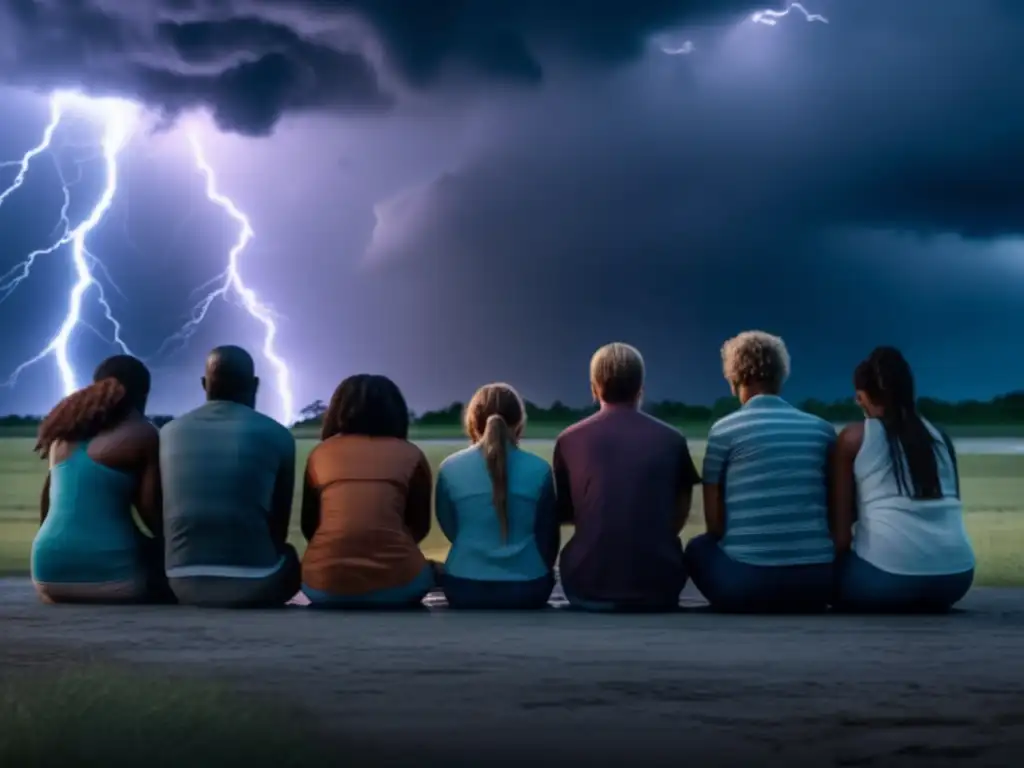
The Pre-Columbian Era
Before the arrival of Europeans, indigenous communities in the Caribbean and Gulf Coast had spiritual beliefs that influenced their response to hurricanes. Many viewed storms as acts of the gods, and ceremonies were held to placate these deities. For example, the Taínos of the Caribbean would perform dances to honor the spirit of the hurricane, hoping that this would spare them from its wrath.
The Colonial Era
During the colonial era, religion played a crucial role in hurricane response. Many Christian colonizers saw hurricanes as divine punishment for sinful behavior or an expression of God's will. Consequently, religious rituals were often performed in times of crisis, such as fasting, prayer, and repentance. For example, during the 1722 hurricane that devastated Antigua, the governor proclaimed a day of fasting and penitence for the island's inhabitants.
The Modern Era
While religious responses to hurricanes have declined in recent years, they still remain influential in some communities. For instance, many Catholics in the Caribbean hold processions in honor of the Virgin Mary during hurricane season, asking for her protection from storms. Similarly, some practitioners of Santería, a syncretic religion with roots in West Africa and Cuba, make offerings to their deities to prevent hurricanes from causing harm.
Governmental Responses to Hurricanes
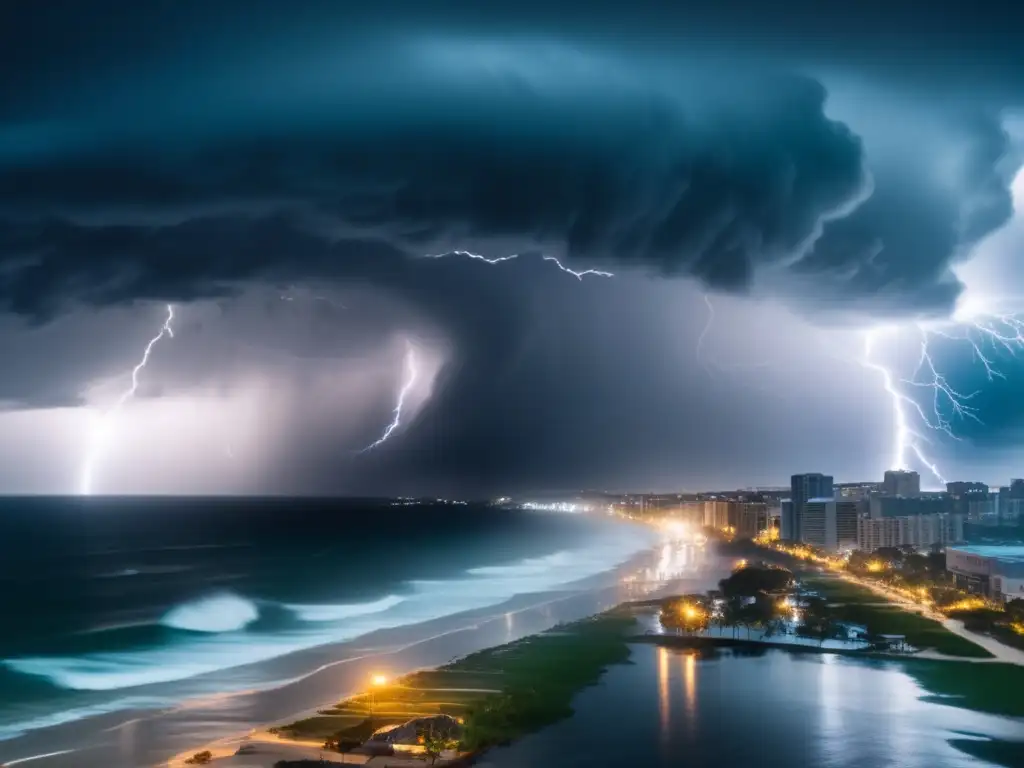
The Pre-Modern Era
Before the advent of modern science, hurricane response was often limited to simple strategies. For example, some communities in the Caribbean and Gulf Coast would evacuate to higher ground or sturdy buildings during storms. Others would use natural features such as hills or barrier reefs to protect themselves from storm surges. However, these methods were not always effective, and many lives were lost over the centuries.
The Colonial Era
During the colonial era, governments in hurricane-prone regions began to develop more coordinated responses to storms. For instance, Spanish authorities in the Caribbean established a network of hurricane warning towers, which transmitted signals to warn citizens of impending storms. Similarly, English officials in the American colonies would use horseback riders to deliver hurricane warnings to coastal communities.
The Modern Era
Today, governments employ a wide range of strategies to prepare for and respond to hurricanes. Many use advanced meteorological technology, such as satellite imagery and computer modeling, to predict the path and intensity of storms. This enables authorities to issue timely warnings and evacuation orders to keep citizens safe. Furthermore, governmental agencies work closely with non-profit organizations, such as the Red Cross, to provide emergency aid to those affected by hurricanes.
Technological Responses to Hurricanes

The Pre-Modern Era
Without modern technology, early societies had limited ways of protecting themselves from hurricanes. However, some communities found creative solutions to minimize damage. For example, some indigenous peoples used woven palm fronds to create thatch roofs that could withstand strong winds. Others constructed their homes on stilts, allowing them to avoid flooding.
The Colonial Era
During the colonial era, technological responses to hurricanes improved significantly. For example, European colonizers in the Caribbean and Gulf Coast began to use hurricane shutters, which could protect windows from debris and high winds. Similarly, ship captains started carrying barometers on their vessels, which allowed them to detect pressure drops associated with approaching hurricanes.
The Modern Era
Today, technology plays an essential role in hurricane mitigation and preparedness. For instance, hurricane-resistant building materials such as impact-resistant glass and reinforced concrete can help minimize damage to infrastructure. Additionally, mobile applications and social media platforms enable citizens to receive timely updates and warnings about hurricanes. This allows them to make informed decisions when it comes to evacuation or taking shelter.
FAQs
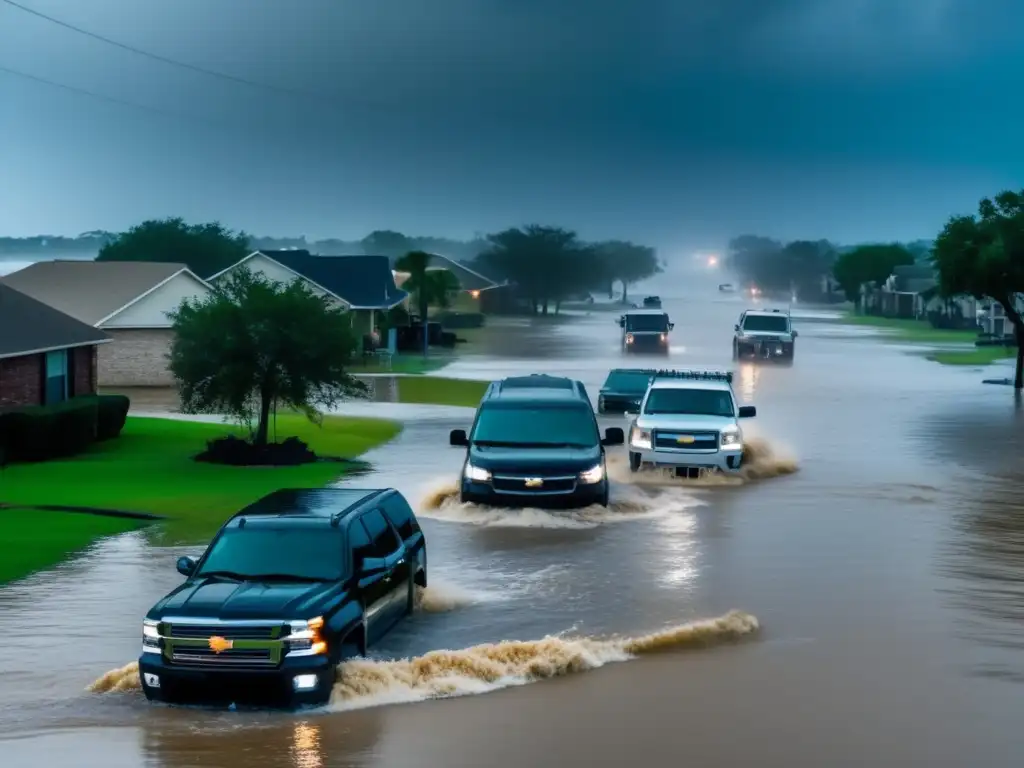
-
What is the most effective way to protect oneself from a hurricane?
The most effective way to protect oneself from a hurricane is to follow the guidance of local government officials and emergency management agencies. This may include evacuating to higher ground or a designated shelter, securing one's property, and having a disaster supply kit on hand.
-
Can hurricanes be prevented?
Hurricanes are natural phenomena that cannot be prevented. However, their impacts can be mitigated through proper preparedness and response measures.
-
How do hurricanes form?
Hurricanes form over warm ocean waters when atmospheric conditions are favorable. They develop from thunderstorms that coalesce and grow in intensity. As the storm gathers strength, it begins to rotate and forms an "eye" at its center.
-
Are hurricanes becoming more frequent due to climate change?
Research suggests that hurricanes may become more frequent as a result of climate change. However, this is still an area of active scientific investigation and debate.
-
What is a storm surge?
A storm surge is a rise in sea level caused by a hurricane's winds and low pressure. This can cause flooding in coastal areas and pose a significant threat to lives and property.
Conclusion
Understanding the historical responses to hurricanes provides valuable insight into how different societies have adapted over time. From religious ceremonies to technological advancements, each era has developed new strategies to keep people safe from the destructive power of these storms. As hurricane-prone regions continue to face threats from these natural disasters, it is important to learn from the past and apply this knowledge to modern-day preparedness and response efforts.
For those living in hurricane-prone areas, it is essential to stay informed about potential storms and heed the guidance of emergency management officials. By taking steps to prepare ahead of time, citizens can help minimize the risks associated with hurricanes and protect their families and communities from harm.
Additional Resources
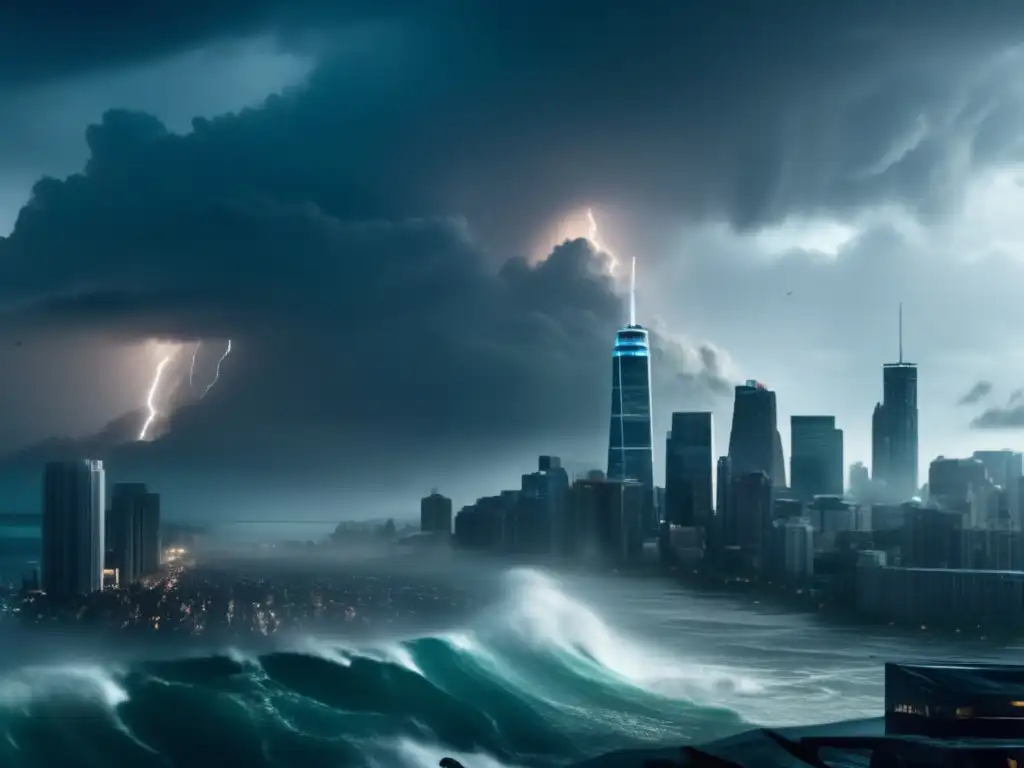
- National Hurricane Center: https://www.nhc.noaa.gov/
- Federal Emergency Management Agency: https://www.fema.gov/
- American Red Cross: https://www.redcross.org/
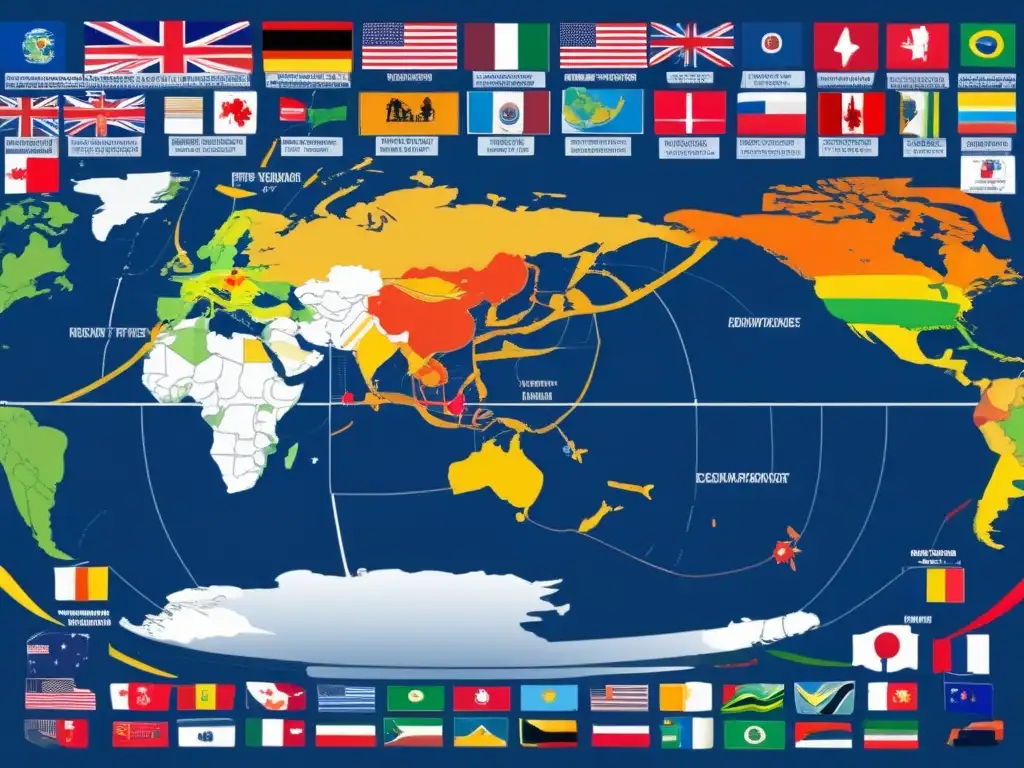 International Cooperation In Hurricane Tracking And Response
International Cooperation In Hurricane Tracking And Response Technological Innovations In Hurricane Prediction
Technological Innovations In Hurricane Prediction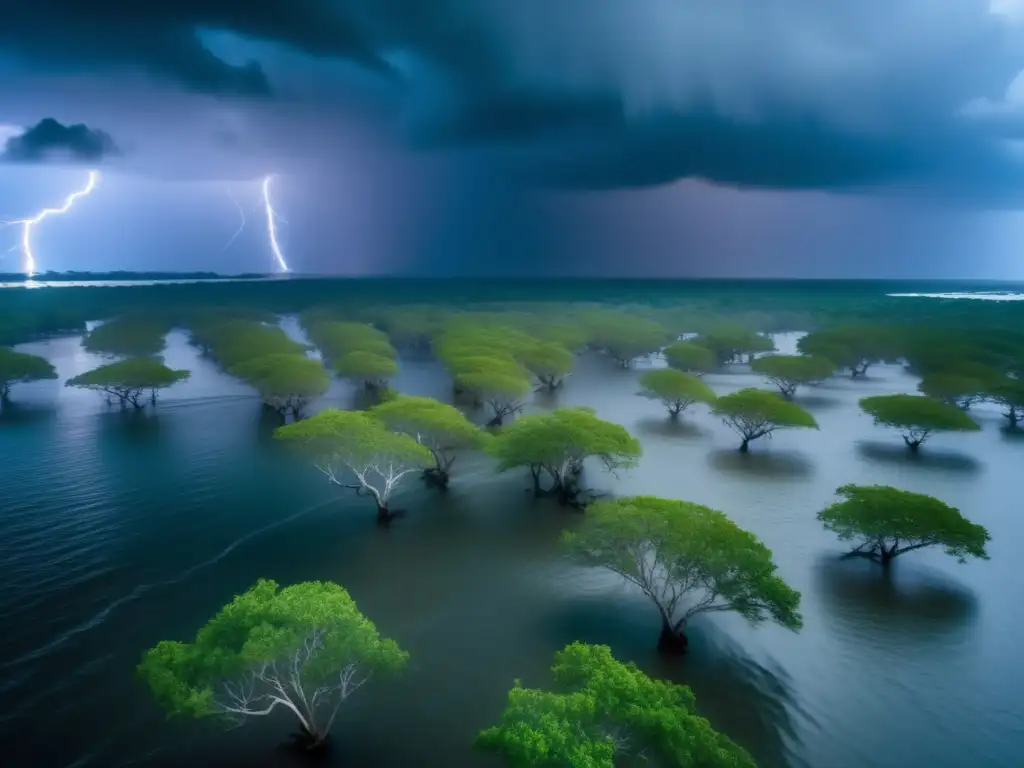 The Role Of Mangroves In Protecting Coasts From Hurricanes
The Role Of Mangroves In Protecting Coasts From HurricanesIf you want to discover more articles similar to Historical Societal Responses To Hurricanes, you can visit the Basic knowledge about hurricanes: category.
Leave a Reply

Articulos relacionados: